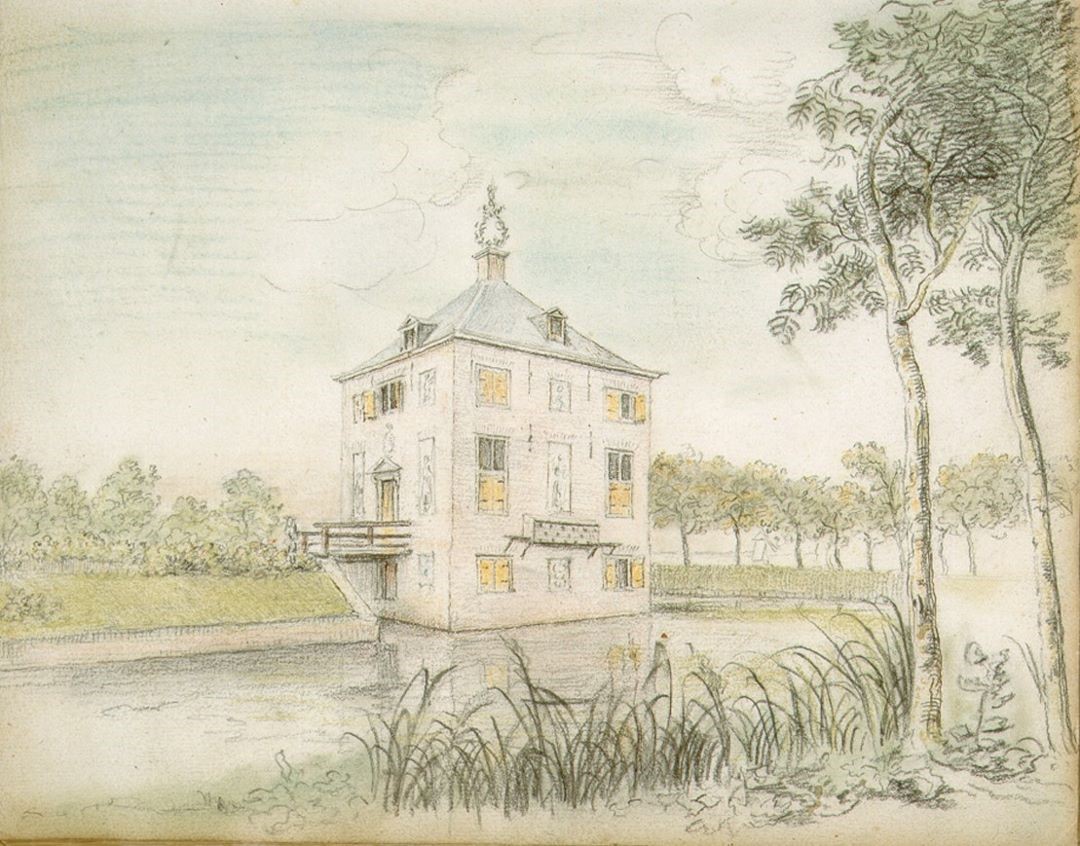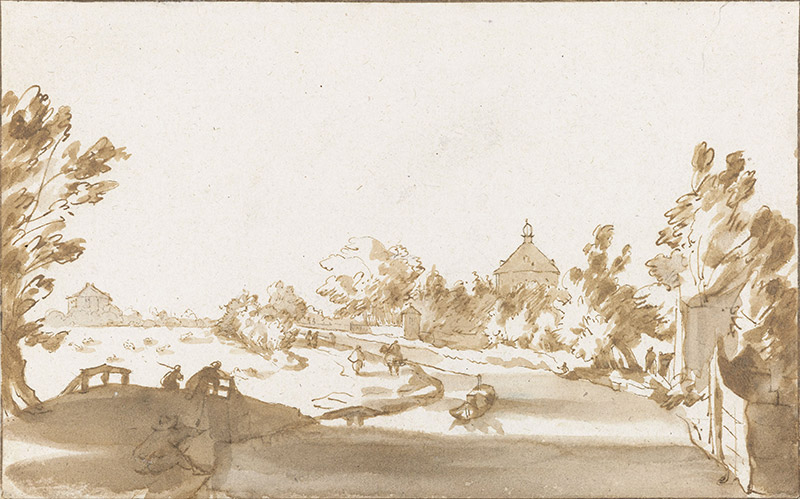- Address
- Westeinde 2A, 2275 AD Voorburg
- City
- Voorburg
- Country
- Netherlands
- Latitude
- 52.06514690
- Longitude
- 4.36100540
The Huygens’s residence (1634–7, demolished in 1876) at the Plein in The Hague was designed by Constantijn Huygens Sr. The land at the ‘Plaats’ (literally: ‘Place’) where he built that palatial palazzo was given to him by Frederik Hendrik in 1634. The house is the subject of Huygens’s (unfinished) literary work Domus (1639). The plan of the Hofwijck estate, based on concepts of architect Marcus Vitruvius Pollio (fl.85–20 BCE), was designed by Huygens Sr in collaboration with the architect Jacob van Campen (1596–1657). It is a small country house in new classicistic style and today it houses the Huygensmuseum Hofwijck. Hofwijck is also the subject of Huygens’s poem ‘Vitaulium. Hofwyck, hofstede van den here van Zuylichem onder Voorburgh’ (Vitaulium. Hofwyck, Manor of the Lord of Zuylichem under Voorburg), The Hague, 1653.
Spinoza visited Christiaan Huygens at Hofwyck before the latter moved to France in April 1666. Its location is about a ten-minute walk from the house in the Kerklaan in Voorburg where Spinoza himself rented rooms.With the multitalented premier physicist Christiaan, he actively shared his enthusiasm for the newest scientific discoveries, science and books.There is sufficient historical information documenting the broad variety of flagging scientific topics of their discussions on astronomy and the refinement of Descartes’s laws of motion, inertia, and collision. Other important subjects were their penetrating views about theoretical and practical optics, as well as the fabrication of lenses, all endeavours meant to bring about impediments to clearer vision. Yet, as it appears, they never exchanged letters. It is beyond doubt that Spinoza also met Christiaan’s elder brother, Constantijn, as well as their illustrious father, the renaissance virtuoso Constantijn Huygens Sr, who is known to have maintained an abiding interest in all aspects of matters optical.

.jpg)
